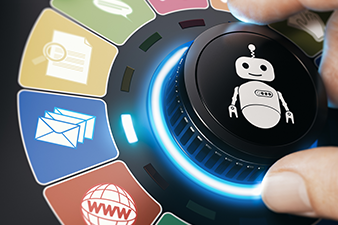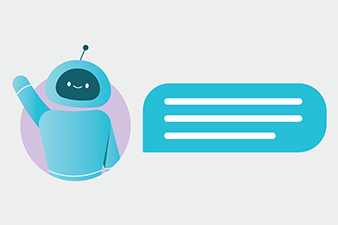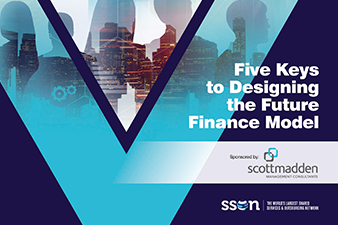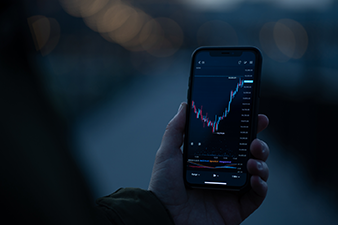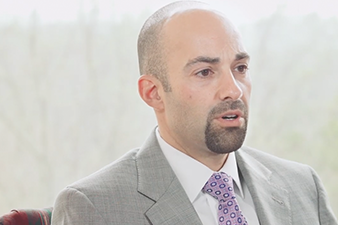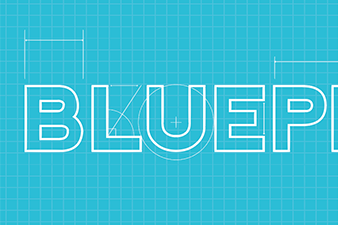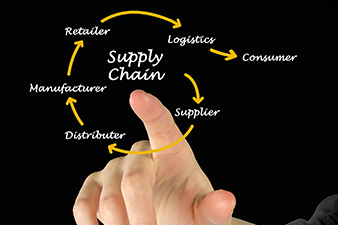
Procure-to-pay (P2P) is a value chain with many moving parts that span procurement as well as finance—which means that there are plenty of challenges that can occur as the process is executed. Oftentimes, challenges related to P2P come from a lack of clarity about roles and responsibilities for parts of the process, confusion from customers who feel the process is too complex, or an inability to focus on strategic and value-added work in the midst of daily transaction processing.
In October 2021, APQC hosted Trey Robinson and John Francis (partners and supply chain co-leads) from ScottMadden for a webinar to discuss leading practices in procurement transformation. As part of this broader conversation, Francis described common P2P challenges as well as broader symptoms that an organization’s P2P process is not performing as it should. After describing these challenges, Francis presented a tiered service delivery model for procurement that staves off many of these challenges and described the technologies that enable this model.
Access the complete article series here.
Symptoms of P2P Problems
- The work of putting out day-to-day fires always wins against strategic work when priorities compete.
- Operational procurement is overlooked as a contributor to customer service and business satisfaction. For example, category management is elevated above answering emails and phone calls from business unit customers and vendors.
- The feedback loop from accounts payable to upstream areas does not lead to improvements.
- The focus on cost reduction diminishes over time, leaving uncertain direction to add value.
- Savings achievement is negotiated but not subsequently achieved after contract awards.
These challenges can be grouped into three broader symptoms that your end-to-end P2P processes need a tune-up or redesign:
- Unclear roles: Roles are not clearly defined. Transactional roles are being asked to execute strategic work and/or strategic roles are completing transactional tasks, leaving them feeling overwhelmed amidst competing priorities.
- Activity without achievement: Business unit partners and vendors see procurement as required steps that take time, get in the way of what they need to accomplish, and are not rooted in an understanding of the business.
- Uncertain service access: Procurement has centralized activities and staff leading to business unit partners feeling abandoned and uncertain about how to access procurement.
In some cases, the business unit attempts to do the work locally rather than engage with the centralized procurement team.
All of these issues have a root cause that generally stems from the design of the end-to-end process model or the structures that support the process. For example, without providing a landing page or vendor portal for self-service, internal and external customers may not know where to turn to for help. To explore whether webinar participants are at risk for issues like these, Francis polled webinar participants to identify the self-service resources that procurement provides to internal and external customers (Figure 1).
Which of the following applies to your P2P end-to-end process?
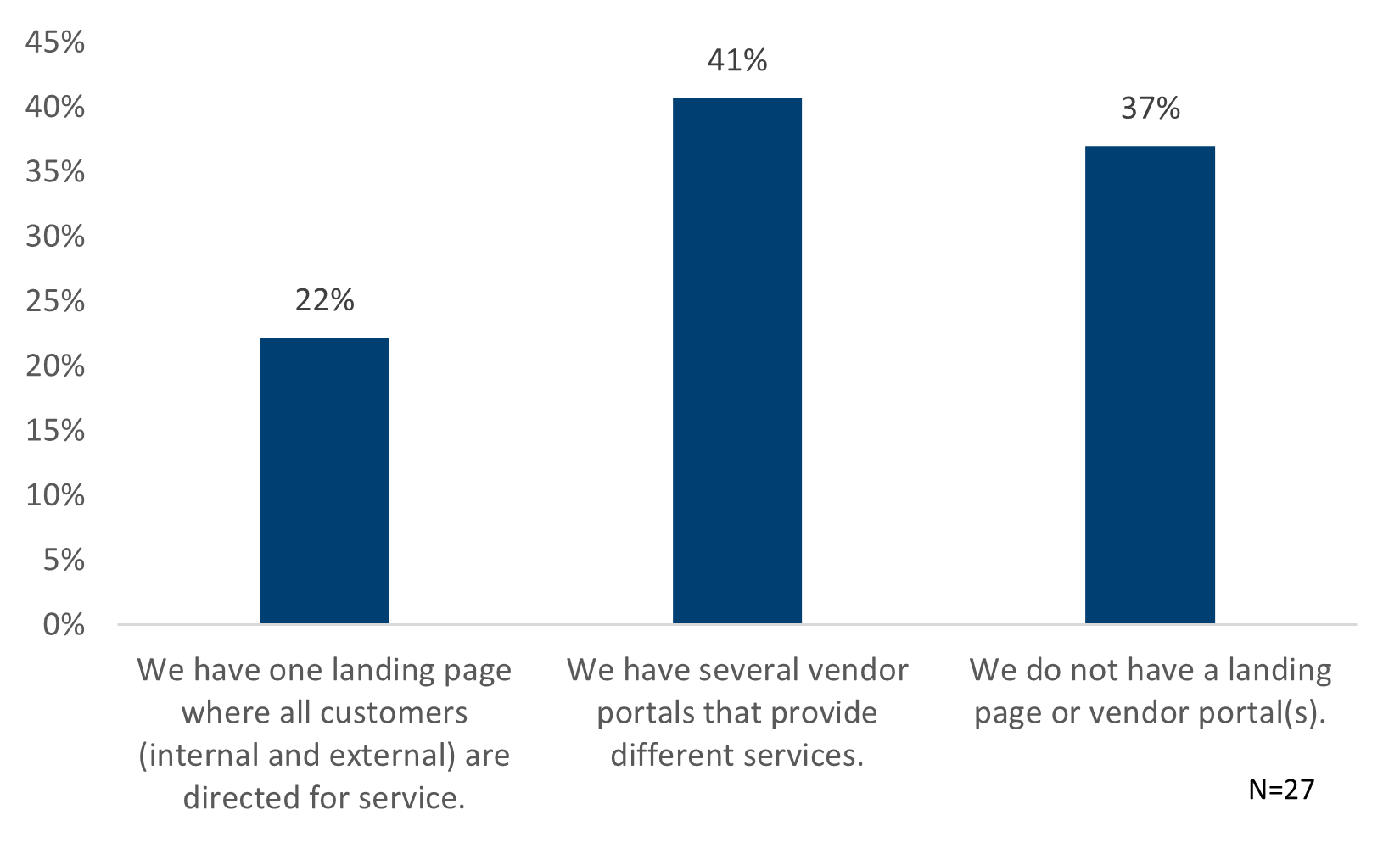
Fewer than a quarter of respondents to the webinar poll (22 percent) reported that they direct internal or external customers to a single landing page for self-service, which is a leading practice for procurement. The largest share of respondents (41 percent) reported that they provide several different vendor portals that provide different services, while more than a third (37 percent) do not provide any landing pages or vendor portals. These organizations may be at risk for experiencing some of the symptoms above, particularly those related to customer service.
Elements of a Successful Service Delivery Model
The foundational elements of an effective procurement service delivery model are in many ways the inverse of the symptoms above. High-performing service delivery models for procurement are characterized by:
- Clear role definitions: Transactional roles perform primarily standardized, repeatable work, and strategic roles are primarily assigned complex, non-standardized work. Skills of the staff match the work they are assigned.
- Effective processes and systems: Business unit partners and suppliers see procurement processes as efficient and view procurement staff as effective liaisons for business needs. Procurement processes and systems support purchasing activities.
- Accessible support options: A well-defined service delivery model provides procurement support through a robust direct access (also known as self-service) portal and a centralized, tiered support organization.
Tiered Procurement Service Delivery Model
Tiered service delivery models have already been in use for some time in functions like IT and HR. These models allow organizations to achieve greater efficiency, better customer service, and savings through economies of scale. Procurement can achieve these benefits by moving to a tiered model as well. Francis reviewed the four tiers of this model, which include:
- Tier Zero (Direct Access),
- Tier One (Customer Service),
- Tier Two (Special Services), and
- Tier Three (Strategic Support).
Francis explained the activities that occur at each of these tiers and described the ways in which a tiered model helps procurement avoid the most common P2P challenges.
Tier Zero: Direct Access
The direct access tier of the model typically provides a common portal or a landing page for business unit and vendor self-service. Customers have ready access to tools like templates and FAQs and can complete and route purchase requisitions and other procurement requests directly from the portal. Inquiries needing assistance are escalated to tiers one and two.
Tier One: Customer Service
Services at this tier include a mix of customer support and transaction processing. At this tier, calls, emails, and/or other cases handled are broadly focused (e.g., policy application). This tier also carries out purchase requisition reviews and routine operational procurement activities.
Tier Two: Special Services
In addition to resolving issues escalated from tier one, tier two carries out more complex operational procurement activities like catalog management and expediting.
Tier Three: Strategic Support
While the first three tiers sit within the procurement service center, the last tier is typically a center of expertise. Services at this tier are primarily analytical, judgement-based, and strategic and are not required to be co-located with tiers one and two. Activities include strategic procurement, spend/market analysis, demand management, supplier performance management, inventory and reporting analytics, and continuous improvement.
Figure 2 provides an illustration of how the tiered service delivery model can work. Roles and processes in this model are structured to avoid co-mingling of operational and strategic work. They are also designed to align the type of work (e.g., transactional, advisory) to the optimal delivery channel and to separate transaction processing from problem resolution. Customers contact the service center by phone or online and either escalate through the first three tiers if needed or skip directly to the fourth tier if their needs are strategic or advisory in nature.
ScottMadden Tiered Service Delivery Model for Procurement
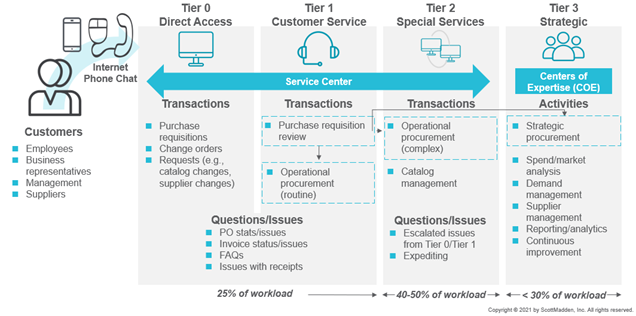
The tiered procurement service delivery model addresses many of the challenges that organizations routinely face in the P2P process. Roles are clear because procurement activities are defined, measured, and deliberately placed into specific tiers. Service management technologies enable the model and help route work according to rules embedded in processes that are clear and documented. In contrast to the uncertain service access that plagues other models, “your business unit customers and vendors will know exactly where to go for help,” Francis stated.
Enabling Technologies
Francis also described the technologies that enable smooth and efficient service delivery at each tier:
- At tier zero, customers get assistance through direct access to portals, knowledge bases, and tools like virtual agents or chatbots that leverage artificial intelligence (AI).
- In tier one, customers are able to resolve basic issues and carry out operational procurement transactions with the support of case management tools, contract administration tools, robotic process automation (RPA), AI, and knowledge bases.
- Tier two is enabled by intelligent workflow tools for the case management system and additional RPA capabilities to help resolve more challenging issues or complex requests.
- In procurement centers of expertise (tier three), work is enabled by advanced tools like analytics and bolt-on solutions for contract management and supplier relationship management.
Francis said that organizations should take these technologies seriously as drivers of success for the model—but also emphasized that these technologies need to sit on a strong process foundation. “If you see technologies as a silver bullet, the tail starts to wag the dog and you build your processes around the technology while praying that the business case is realized. Technologies are an enabler—not the solution.”
Conclusion
Before you can fix problems with P2P, you have to know what’s broken or where the gaps are. The challenges discussed in this article provide a good starting point for where organizations should begin looking if they see symptoms like confused or disengaged customers or procurement professionals swamped with transactional work. Moving to a tiered service delivery model for procurement helps to clarify roles and improve the customer experience for a more seamless end-to-end process. Technology is a core part of this model—but the processes themselves need to be optimized for the technology to work effectively.
















